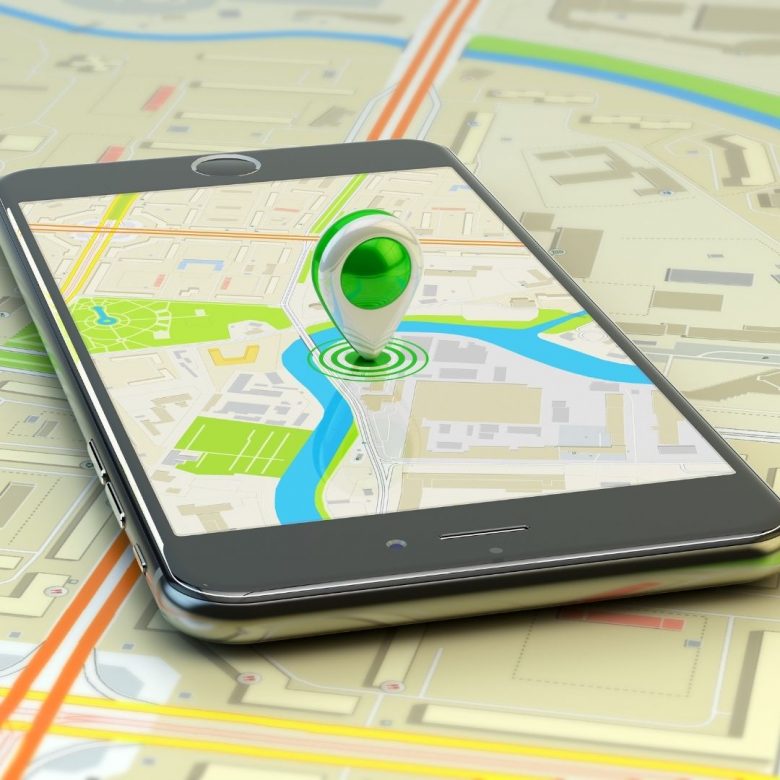Not so long ago, when planning a trip, people had to consult a paper map and write down each individual road that they needed to take. It seems odd to imagine that now, as we are so used to clicking a button and having access to instant directions and live traffic data. While modern sat nav systems might offer a lot of fancy add-ons, but when it comes down to the bottom line, a sat nav needs to deliver on the basics. If you are considering buying a sat-nav system for your car, here are the key features to look out for.
What is a sat-nav system?
A sat-nav, formally known as a satellite navigation system, provides drivers with detailed instructions to get them from point A to B. They have evolved significantly over the years, to the point where they now speak to the driver explaining what actions they should take, provide live traffic information, and identify potential points of interest or services like gas stations and restaurants. Some will even change the route during the journey if it finds a more efficient route. Many cars are now designed with a sat nav already installed, and as smartphones now include sat nav applications, just about every driver has used some kind of sat-nav system.
What are the most important features in a sat nav?
Of course, a modern sat nav will include a variety of features designed to make your journeys as stress-free and efficient as possible. However, there are some key features that no sat nav should compromise on.
Route planner with waypoints
The most basic purpose of a sat nav is to plan and guide the driver through a route, but the best will go a bit further than this. Ideally, a sat nav will choose the route that is either the fastest or the cheapest (avoiding toll roads and congestion charges). You should be able to avoid highways in favor of more rural roads, or vice-versa. A good sat nav should automatically recalculate a new route if you take a wrong turn, either purposefully or accidentally. You may also be able to add waypoints or stops to the route.
Offline access to maps
Technology is wonderful until it doesn’t work. The last thing you want is to be following a route you have never driven before, only for it to disappear due to a lost connection. This is more likely to happen in rural areas. To avoid this, a sat nav should give you the option to download maps and routes in case the connection is lost. You should also be able to carry out map updates to ensure that the route you are following is up to date, i.e., roads are still in use.
Turn-by-turn verbal instructions
Verbal sat nav instructions have a reputation for being irritating, but they are essential for convenience and safety. You do not want to be looking at the screen for the next turn, so the voice announcing what action you will be taking and when helping you to drive safely. In some cases, you can choose which voice you would like to be spoken to, making the journey more enjoyable.






